Testing Materials Assessment
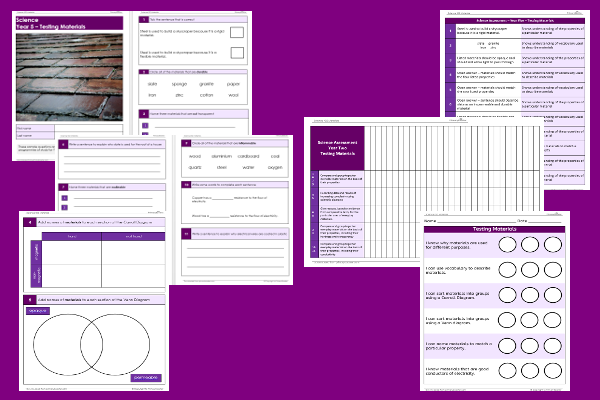
This science assessment teaching pack for Key Stage Two can be used to assess abilities in investigating and testing the properties of different types of materials including durability, opacity, strength and conductivity.
The class can record and review their understanding of the concept and knowledge connected to the topic about testing materials.
Download this teaching pack including an assessment test and evaluation activity to assess abilities in investigating and testing the properties of different types of materials including durability, opacity, strength and conductivity
Activities in this teaching pack include an assessment test to assess understanding of the properties of different types of materials including their durability, opacity, strength and conductivity complete with a marking scheme and matching record sheet and a worksheet to help the children assess their own progress for the National Curriculum programmes of study about investigating and testing the properties of different types of materials.
This lesson is part of a science scheme of work to get the children to investigate and test the properties of different types of materials including durability, opacity, strength and conductivity. There are teaching activities for shared learning, differentiated worksheets to support independent learning and interactive presentations to introduce concepts and key skills.
-
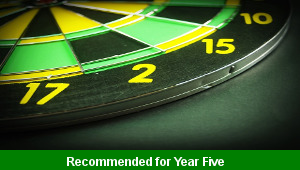
Number Rounding
Practise comparing and rounding numbers to six digits to their nearest ten, hundred and thousand by utilising the place value of their digits
-
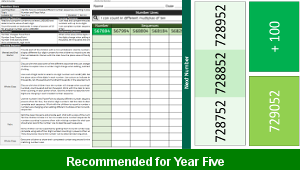
Number Lines Rules
Identify and record how to complete a selection of number sequences for five and six digit numbers when counting in steps of different powers of ten
-
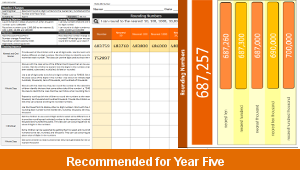
Rounding Number Changes
Explain and model how to round a range of different six digit numbers to the nearest ten, hundred and thousand by the place values of their numerical digits
-
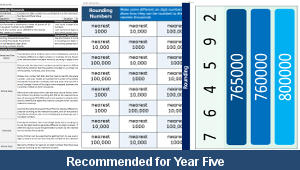
Rounding Thousands
Investigate how to compare a selection of different six digit numbers by rounding them to the nearest thousand using the values of their listed numerical digits
